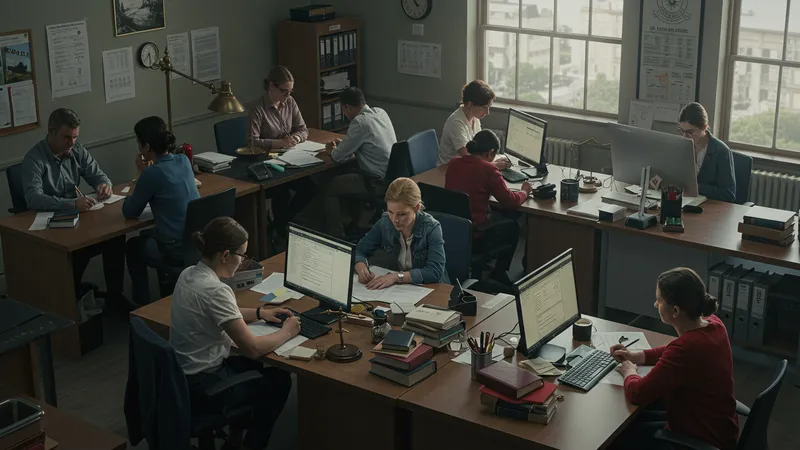
Pro Bono Divorce Attorneys: Essential Insights
Eligibility Criteria and Client Intake Processes for Pro Bono Divorce Attorneys
Qualifying for pro bono divorce assistance in the United States generally starts with an income assessment. Most programs adhere to federal poverty guidelines—often helping clients at or below 125% of the poverty level. Additional qualifiers may include residency requirements, case complexity, and whether domestic violence or child custody is involved. For instance, Philadelphia Legal Assistance and the DC Bar Pro Bono Center require proof of income and legal residency to ensure services target the intended population.

The client intake process is typically designed to be thorough yet accessible. Applicants may complete online questionnaires, telephone interviews, or walk-in consultations. Legal Aid Foundation of Chicago, for instance, uses comprehensive intake forms and follow-up calls to determine eligibility. This approach ensures a tailored match between client needs and attorney expertise, increasing the likelihood of effective representation and positive legal outcomes.
Some pro bono programs give priority to cases involving immediate family welfare, such as a parent seeking protection from domestic abuse, or urgent child custody issues. Bay Area Legal Aid and similar organizations might fast-track these situations to provide prompt legal intervention. Other cases, such as uncontested divorces without children, may be managed through workshops or document review clinics to conserve resources while still offering valuable support.
After initial intake and eligibility checks, clients are paired with attorneys who have relevant experience in family law. Ongoing communication, updates, and progress checks become central to the attorney-client relationship. This careful coordination reduces miscommunication and helps clients understand what to expect at every step. Next, we’ll explore the distinct benefits that pro bono divorce attorneys offer to families and the broader legal system in the United States.